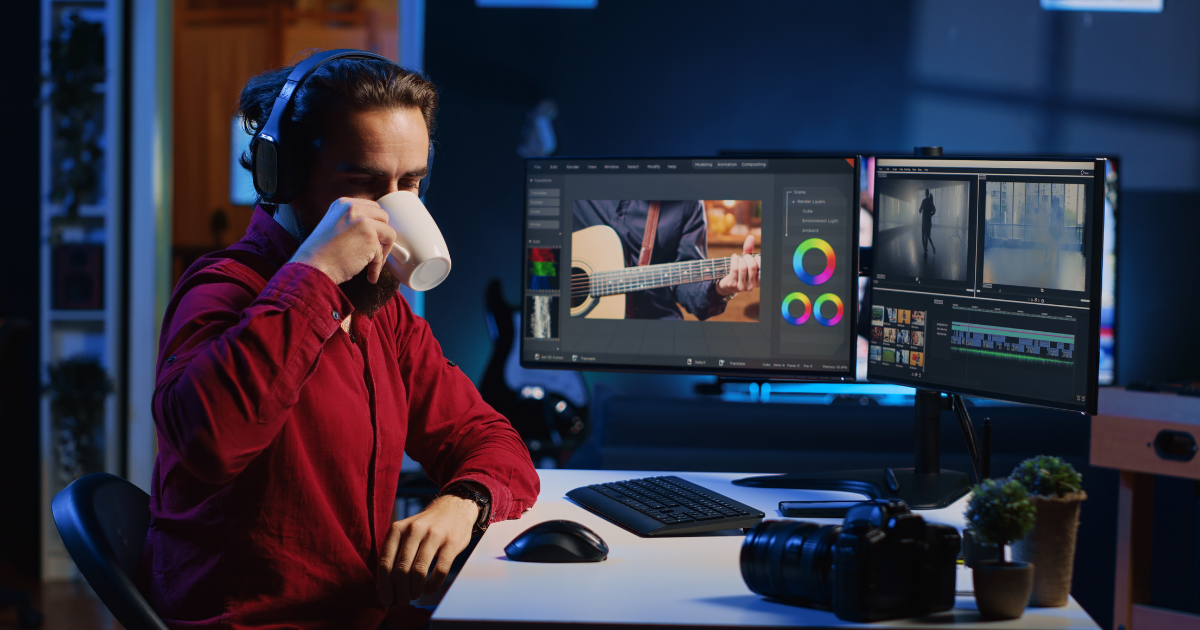Solar outdoor flood lights have become popular for residential, commercial, and public spaces due to their energy-efficient and environmentally friendly design. However, their performance is greatly affected by weather conditions. Factors such as sunlight, temperature, humidity, rain, snow, and wind can all affect the operating efficiency of these lights. Understanding these effects can help users optimize solar floodlights to extend their lifespan and improve efficiency. This guide also explores how different weather conditions affect solar outdoor flood light and provides practical tips for optimal performance year-round.
Solar Outdoor Flood Light Performance in Direct Sunlight
The efficiency of solar outdoor flood light depends primarily on the amount of sunlight they receive. Areas with long daylight hours and less shade can fully charge the solar panels to ensure optimal brightness at night. However, in areas with frequent cloudy days or dense trees, the lights may not be able to fully charge, resulting in dim lighting or reduced operating time. Solar panels should be placed at an angle that absorbs the most sunlight, usually facing south in the northern hemisphere, to maximize performance. It is also crucial to clean solar panels regularly, as dust, pollen, and bird droppings can hinder sunlight absorption. For areas with uneven sunlight, choosing high-efficiency monocrystalline solar panels and larger batteries can help compensate for the lack of charging.
The impact of extreme heat
High temperatures can affect the life of solar panels and batteries in outdoor floodlights. While solar panels generally perform well in warm weather, overheating (over 95°F/35°C) can cause their efficiency to drop by up to 10-25%. In addition, lithium-ion batteries commonly used in solar lights age faster when exposed to high temperatures for long periods. To mitigate heat-related issues, mounting solar flood light in partial shade during the afternoon when the sun is strongest can help regulate the temperature. Choosing lights with heat-resistant battery compartments and proper ventilation can also improve the durability of the lights. Selecting models with higher heat ratings can ensure longer-lasting performance in extremely hot climates.
The impact of cold weather
Cold weather is generally beneficial to the efficiency of solar panels because lower temperatures can improve the movement of electrons inside the battery. However, extreme cold weather can reduce battery performance, resulting in shorter battery life. Snow accumulation on solar panels can block sunlight on snowy days, making charging impossible. To keep your solar panels functioning correctly during the winter, it’s essential to clear snow regularly. Some premium models come with self-heating elements to prevent snow accumulation. Choose solar flood light with LiFePO4 batteries, which perform better in cold climates than standard lithium-ion batteries and improve reliability.
Rain and Humidity: Waterproofing of Solar Outdoor Flood light
Rain and high humidity can affect solar outdoor flood light if improperly sealed. Moisture seepage can damage internal circuits, corrode connections, and shorten the life of the light. Most premium solar floodlights are rated IP65 or higher for water resistance, meaning they can withstand heavy rain and splashing water. To ensure the longevity of your light, it’s recommended to purchase lights with high IP ratings and made from corrosion-resistant materials, such as stainless steel or aluminum. Regularly checking your light for water exposure, especially after a storm, can help spot early signs of wear and tear. Additionally, mounting your light in an area with good drainage can prevent water from pooling around the base.
Wind Resistance and Durability
Strong winds can cause mounting brackets to loosen, solar panels to misalign, or even blow down improperly mounted floodlights. Not only does this reduce efficiency, but it can also cause physical damage. Most commercial-grade solar flood lights are designed to withstand moderate wind speeds, but extreme weather may require additional reinforcement. In windy areas, securing the fixture with heavy-duty mounting hardware and mounting it on a stable surface, such as a concrete wall or metal pole, can improve stability. Models with flexible or adjustable solar panels can better withstand gusts without losing the optimal charging angle.
Optimize Solar Outdoor Flood lights for a Variety of Weather Conditions
Weather is critical to the performance of solar outdoor flood light, but choosing the right model and performing proper maintenance can alleviate most challenges. From maximizing sunlight absorption to enhancing wind and rain resistance, subtle adjustments can ensure reliable operation year-round. With proper care, these sustainable lighting solutions provide continuous, high-quality light regardless of climate conditions.














